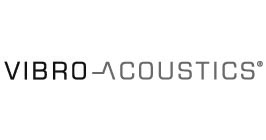Purging is like opening the window on your furnace to let air in. It is required by the NFPA86 and should be done before each furnace heating system start-up. The purge of airflow removes gaseous combustibles in a furnace and replaces it with air. As mentioned in our previous post about the NFPA86, any residue can lead to a fire or explosion, so this is an important process.
Each part of a furnace, from the burner up to the stack, must be purged. The stack, however, does not have to be purged. A basic rule of thumb: for every cubic foot of the heating chamber there should be four cubic feet of fresh air or inert gas passing through the purge airflow. Refer to the NFPA86 standard for more details.
There are two basic purge requirements: purge airflow is adequate, and purge time satisfied. Purge airflow measures direct airflow and can be tested one of two ways. The first is by using a metering device. Examples of metering devices include a venturis, annubar, air foil or mass-airflow meter. The second way to test purge airflow is measuring the drop in pressure by testing a fixed portion of an airflow path.
The second purge requirement is testing the purge timer, which determines the amount of time it takes for the combustion to leave the chamber. If the timing cycle or purge airflow gets interfered with during purge testing, you must restart and conduct a new full purge.
Purging airflow as outlined in the NFPA86 is a best practice for the operation and maintenance of a furnace. Purging airflow ensures that any flammable vapors or gases that might have entered the furnace during shutdown are cleared. Before you start up your furnace, give it a few minutes and let it breathe.
Please contact a BDC representative for further help on purging airflow or any questions you may have on this important process.













